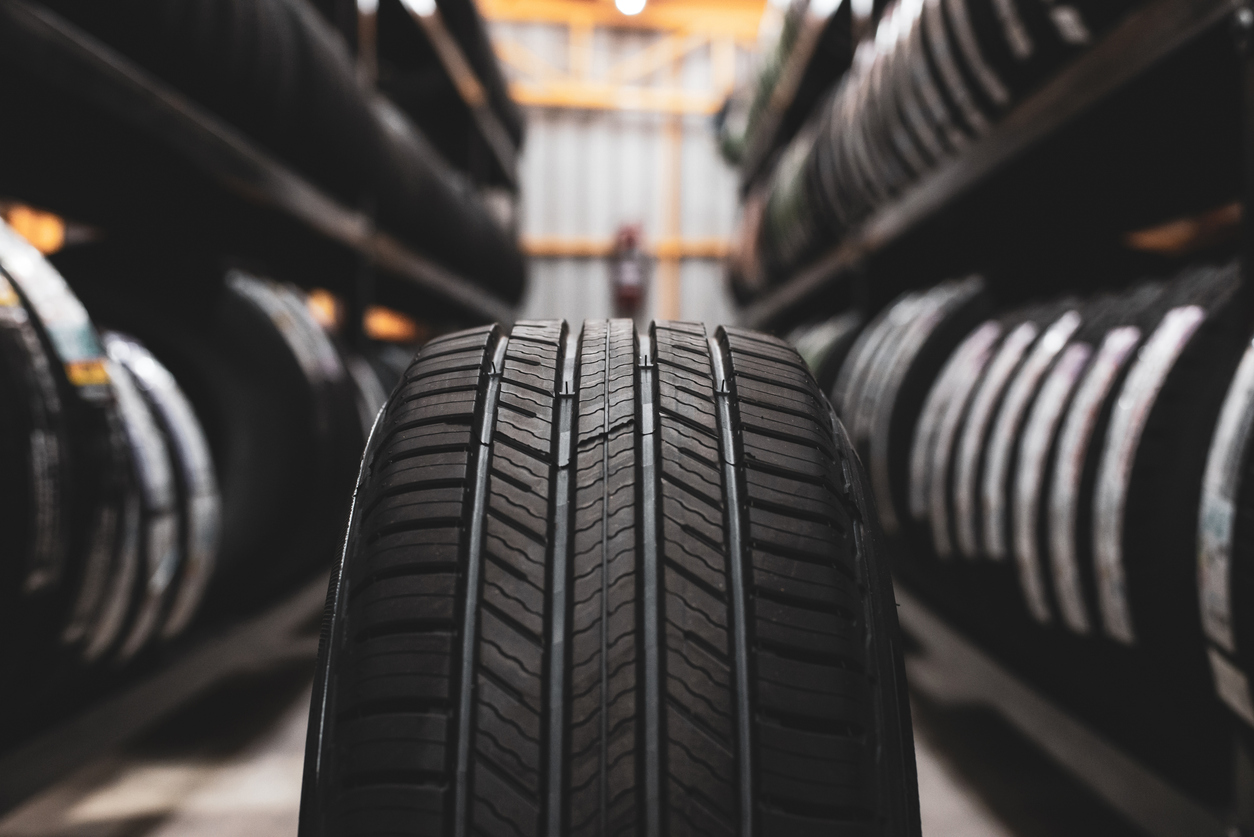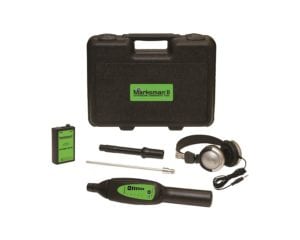Here are a few easy tips to keep your car moving smoothly.
The lifespan of your tires quickly depreciates if they aren’t properly maintained. A new tire, on average, costs about $120 dollars. Tires that aren’t properly inflated can be a huge liability or threat on the road because they tend to become distorted and have the potential of blowing out.
In addition to being hazardous, underinflated tires waste gas. The Department of Transportation estimates that 5 million gallons of fuel per day are wasted due to low tire pressure. That’s more than 2 billion gallons per year in wasted money and energy.
There’s an old trick to quickly checking the tread thickness on your tire. First, find a penny. Locate a point on your tire where the tread is wearing down. Place the penny into a groove of the tread. Align the penny so that the top of Lincoln’s head is the first part of the coin to make contact with the surface of the tire.
If any part of Abe Lincoln’s head is covered by the tread, you’re fine. Your tire’s tread is thick enough to grip the road in the some of the worst driving conditions. If your tread gets below Lincoln’s head (approximately 2/32 of an inch), your car’s ability to stop and maneuver will be impaired – or worse, you can suffer a blowout.
Checking Your Tire Pressure
Determine the proper tire pressure for your vehicle. Tire pressure is measured in PSI (pounds per square inch). The PSI required is determined by the weight of vehicle, its design, and the specific tire dimensions recommended by the manufacturer. The tire pressure information is usually located on a sticker in the doorjamb, on the driver’s side of the vehicle. The tire specifications are also recorded in your vehicle’s operational manual. Note: It is not uncommon for the front and rear tires to have different recommended PSI levels.
To begin, allow your car to cool down for half of an hour. Check the pressure when the tires are cold. The internal temperature of the tire increases when you use your vehicle.
Press the PSI tire gauge onto the valve stem. You will hear a slight hissing when the gauge makes contact with the valve stem. Once secure contact has been made, you should have an accurate recording of your tire pressure.
Compare the recorded PSI to the recommended PSI level. If there’s a big difference between the two, you will need add air to your tires.
For every 3 units of PSI below recommendation, your vehicle consumes 1 percent more fuel and incurs about 10 percent more tread wear. If left uninspected, it’s not uncommon for a driver to find their tires 10 PSI below the manufacturer’s recommendation – translating to about 3 percent fuel waste during operation and, more importantly, a 45 percent increase in tread wear.
Properly Maintaining Your Tires
Rotate your tires on a regular basis. Your tires must be rotated every 6,000 miles. Keeping an accurate record of your tire rotation is the easiest and most reliable way of maintaining the quality of your tires. Consistent tire rotation ensures the weight of the vehicle is evenly distributed. Weight distribution is hugely important. If your vehicle is leaning unevenly to one side, all of the tires will be affected adversely.
Ensure your tires are correctly aligned. If your tires aren’t aligned, they’ll quickly wear down and develop distortions, rapid wear in the affected areas, and eventually blow out.
The biggest indicator of tire misalignment is vehicle drifting or slanting toward one direction. If your car is handling poorly during turning, this is an indicator of tire misalignment.
Keep your tires clean and free of debris. Washing your tires helps clear away any material located on the outside of your tires. Foreign material stuck on tires can be a potential hazard – because it applies acute pressure to affected areas on the surface of your tire. Keeping your tires clean helps you avoid the risk of puncture or unnecessary wear.
While washing your car, use a soft bristle brush to remove any foreign materials in the grooves of the tread or on the outside of your tires.
Once you clean the top and front areas most readily accessible, pull your car up a few feet to turn the tires and expose the areas you were not been able to clean.
Following these simple steps will help you maintain the quality of your tires and extend their lifetime. The condition of your tires affects your personal safety on the road – braking, handling in the inclement weather, and potential tire blow outs are serious safety risks. Remember: for the average person, the most dangerous thing they do over the course of day is getting in the driver’s seat.
All of the recommendations listed in this article can be performed by the operator of the vehicle. But if you feel uncomfortable performing some these inspections on your own, consult with your local automotive mechanic. He or she can help perform some of these vital safety checks and help you keep an accurate account of all inspection, repairs, and part replacements.
Tracerline offers a variety of specialty tools to help you or your professional automotive mechanic inspect, diagnose, and repair your vehicle. The TP-9367 Marksman II Ultrasonic Diagnostic Tool features advanced heterodyne circuitry and “sound signature technology” to convert and amplify inaudible ultrasonic sounds into audible “natural” sounds – providing a quick diagnosis of leaks and defects before they result in major breakdowns. The multipurpose Marksman II can detect flaws in air brake and compressed air systems, vacuums, EVAP systems, and leaks in other pressurized systems. The Marksman II also pinpoints gear and bearing wear in wheel hubs, transmissions, transfer cases, differentials and electric motors.
About Tracer Products: Headquartered in Westbury, New York, Tracer Products has been at the forefront of leak detection technology for over 60 years. Tracerline fluorescent dyes are so effective they have been successfully installed in more than 205 million vehicles to date, and are OEM approved by Acura, Audi, BMW, Honda, Ford, GM and Volkswagen, among others. In addition to fluorescent dyes, the company offers a full line of rugged, top-quality, award-winning leak detection lamps, diagnostic tools and dye injection systems used in automobiles and heavy duty vehicles. Tracer Products is dedicated to upholding high standards in design manufacturing, ensuring customer satisfaction and in continuing to lead the world in leak detection solutions.




